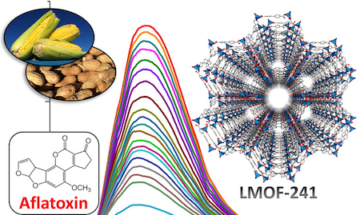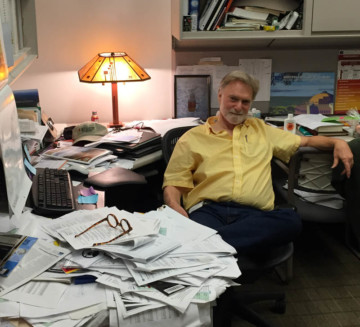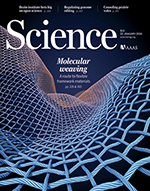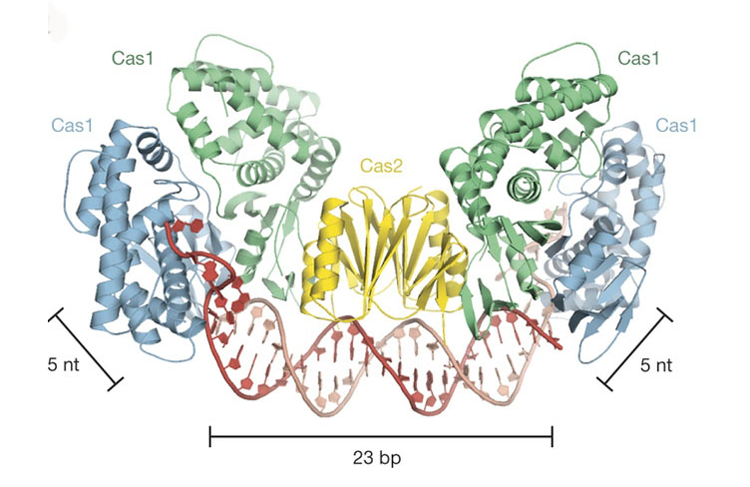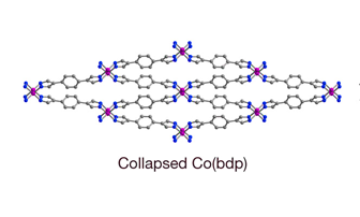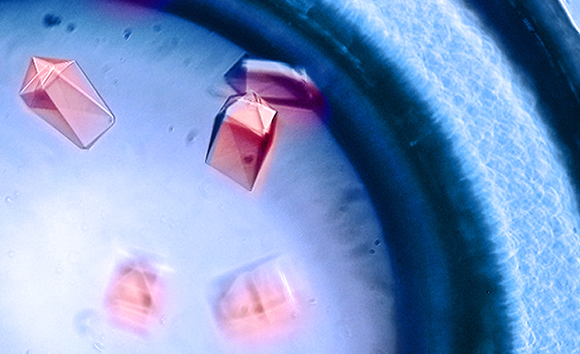Crystal diffractometry at ALS Beamline 11.3.1 helped scientists develop and understand a new, highly sensitive luminescent metal–organic framework for mycotoxin detection. Read more »
All News & Updates
Conduction Along Magnetic Interfaces could Improve Memory Devices
Scientists have provided the first direct evidence of a controversial phenomenon: the boundaries between magnetic regions in an electrical insulator can become electrically conductive. This discovery can potentially lead to improvements in future memory storage devices. Read more »
Warren Byrne, Principal Scientific Engineering Associate
We sat down recently with Principal Scientific Engineering Associate Warren Byrne to get his take on the history and future of the ALS, from an accelerator point of view. Byrne came to the ALS as it was being built in 1992, starting out in the operations group and then moving into the accelerator physics group. For the past 16 years, he has been in charge of overseeing the injector system, which consists of the linac and the booster synchrotron and the electron gun. Read more »
ALS, Molecular Foundry, and aBeam Technologies Collaborate to Make Metrology History
A collaboration between Bay Area company aBeam Technologies, the ALS, and the Molecular Foundry is bringing cutting-edge metrology instrumentation to the semiconductor market, which will enable a new level of quality control. Read more »![]()
Weaving of organic threads into a crystalline covalent organic framework
Threads made from organic molecules linked by strong covalent bonds were used to weave a 3D covalent organic framework with unusual dynamical and mechanical properties. This molecular weaving method will enable the production of materials with increased precision and functionality. Read more »
Foreign DNA Capture during CRISPR–Cas Adaptive Immunity
Using macromolecular crystallography at Beamline 8.3.1 at the ALS, Berkeley researchers discovered how CRISPR/Cas captures foreign DNA for the bacterial immune system. Read more »
On the Road to ANG Vehicles with Increased Driving Ranges
An international team of researchers, using gas adsorption studies, in situ powder x-ray diffraction, and single-crystal x-ray diffraction, showed that there is a way to develop a new flexible metal–organic framework (MOF) material for enhanced natural gas storage on vehicles. Read more »
A New Pathway for Radionuclide Uptake
Scientists have reported a major advance in understanding the biological chemistry of radioactive metals, opening up new avenues of research into strategies for remedial action in the event of possible human exposure to nuclear contaminants. Read more »![]()
![]()
Phonon Polariton Behavior in 2D Materials
Synchrotron infrared nanospectroscopy (SINS) was used to study the behavior of phonon polaritons in ultrathin crystals of hexagonal boron nitride. The results pave the way towards engineering infrared-light photonic nanodevices and expand our understanding of polariton behavior in low-dimensional nanomaterials. Read more »![]()
![]()
Following the Morphology Formation In Situ in Printed Active Layers for Organic Solar Cells
Time-resolved scattering measurements reveal the complete solidification process inside the photoactive layer of an organic solar cell. With an industrial slot-die coater integrated into the beamline, aggregation and crystallization processes can be tracked to reveal the structure-function relationships in the final thin film. Read more »
- « Previous Page
- 1
- …
- 121
- 122
- 123
- 124
- 125
- …
- 139
- Next Page »
